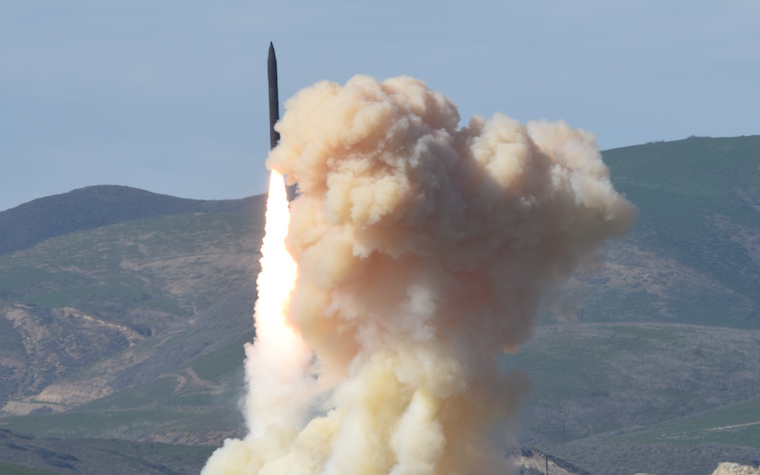Boeing recently announced the completion of team-led testing, working in conjunction with the U.S. Missile Defense Agency, on the Ground-based Midcourse Defense (GMD) system, which involved confirming key design improvements to the nation's “homeland defense architecture.”
“The test, industry led by Boeing, collected valuable engineering data in an increasingly complex environment, including beyond the intercept point.” Terence Williams, communications director at Boeing, recently told American Security News. “The mission also met several other complex test objectives, including data discrimination.”
Williams explained that the test continues Boeing’s 50-plus year heritage providing strategic and missile defense capabilities to customers throughout the world.
“This success reinforces the confidence in GMD’s capability to provide real and reliable missile defense protection for the United States.” Williams said.
Williams explained that the GMD continues to serve as the United States’ only protection against long-range, ballistic missile threats, as it has for over a decade.
“The current system is reliable, proven, ready and operational 24/7/365,” Williams said. “As technology and the threat advances, working with the U.S. Missile Defense Agency, Boeing and its partners will increase its ability to engage and destroy ballistic missile threats.”
In a recent press release, Boeing announced that with interceptors at Vandenberg Air Force Base in California and Fort Greely in Alaska, GMD is an integral element of the United States' layered ballistic missile defense architecture.
“The Missile Defense Agency’s test design enabled the collection of critical data to validate key design improvements for the U.S. homeland defense architecture,” Norm Tew, Boeing vice president and program director for Ground-based Midcourse Defense, said. “This data will also support future development such as the work that’s currently underway on the Boeing-led redesigned kill vehicle.”
Boeing is the GMD system developer and has been the prime contractor since 2001. The program consists of command-and-control facilities, communications terminal, and a 20,000-mile fiber-optic communications network that links with ballistic missile defense radars and other sensors.
Boeing tests confirm U.S. missile defense improvements


 Alerts Sign-up
Alerts Sign-up